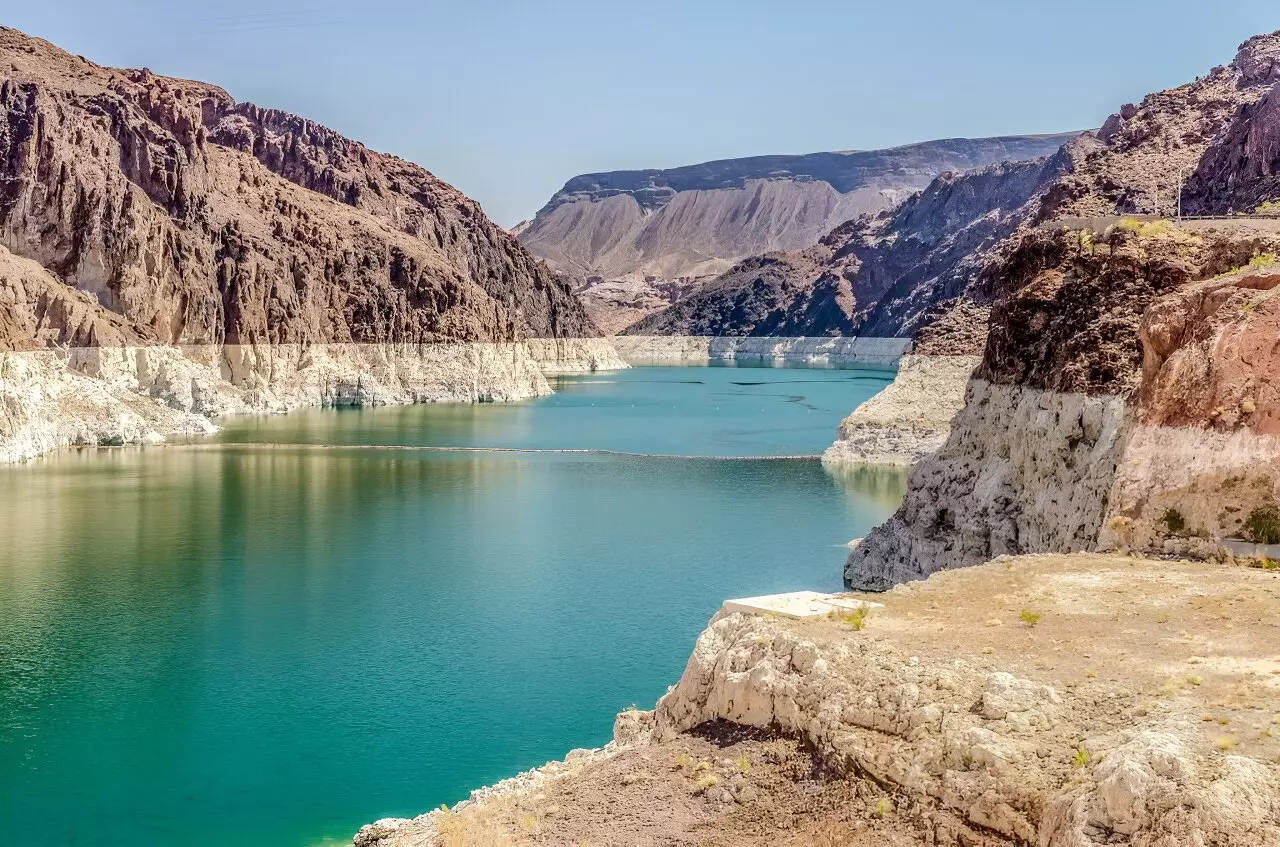A recent study has shed light on the alarming changes taking place within major water reservoirs across the continental United States. As climate conditions become increasingly erratic, reservoirs are facing longer periods of low storage alongside heightened variability in water levels. This trend is particularly pronounced in the western and central states, yet it extends its reach as far east as the southeastern United States. The implications of this study, published in **Geophysical Research Letters**, emphasize the urgent need for updated water management strategies, taking into consideration the evolving climatic challenges faced by these vital water resources.
Reservoirs have long served as crucial reservoirs of water supply, especially as natural sources such as snowpack, rivers, and groundwater become less dependable. These artificial water bodies are designed to mitigate the impacts of droughts and manage seasonal flow variations. However, when these man-made systems themselves fall into dysfunction—such as has been seen in Lakes Mead and Powell, which underwent their driest recorded period in over a millennium—the repercussions ripple through communities reliant on this water supply. The diminishing reliability of water reservoirs further complicates water management, leading to strict water use restrictions and challenging scenarios for agricultural and urban sectors alike.
Multiple interrelated factors are contributing to the diminishing reliability of U.S. reservoirs. Drought, enhanced water withdrawals, and sediment accumulation behind dams dramatically influence water storage capacity and availability. As climatic and anthropogenic conditions shift, reservoirs are increasingly failing to meet the expectations for which they were originally designed. According to Caelan Simeone, the lead researcher in the study and hydrologist at the U.S. Geological Survey’s Oregon Water Science Center, a key challenge lies in the inherent assumption that climatic variations would remain largely stable—a premise that has proven misguided in light of recent trends.
To underscore the seriousness of these challenges, Simeone and a team of researchers evaluated water levels in 250 significant reservoirs across the United States from 1981 to 2020. They meticulously examined variations in baseline, maximum, and minimum water levels while correlating these changes with management practices and climatic patterns. A striking finding from this investigation was that a majority of the studied reservoirs exhibited a decline in their maximum storage capabilities. Specifically, about 169 reservoirs showed decreasing maximum levels, with 89 of those exhibiting noteworthy drops. The findings suggest an unsettling landscape of declining water availability—a situation that the research team did not anticipate.
The results of this study highlight an urgent call to reconsider and adapt water management practices nationwide. Reservoir managers, operating under historical paradigms that might have once prevailed, now face an increasing need to incorporate emerging national trends into their strategies. Quickly shifting environmental conditions necessitate innovative thinking supported by updated research on water storage. This approach can serve to empower water managers at national, regional, and local levels to enhance their conceptual framework and tailor their management practices according to the contemporary challenges of climate variability.
The study also raised concerns about the degree to which reservoirs can adapt to these evolving climatic and societal conditions. The findings underscore the stark reality of climate change, which halts the progression of water management strategies that rely on historical data. As sediment accumulation continues to worsen and hydroclimatic realities shift dramatically, the increasing unpredictability outlined by the study places both current and future water resource management in jeopardy.
The essential takeaway from this comprehensive analysis is that water management practices must evolve in tandem with shifting environmental circumstances. The gradual decline of reservoir reliability, particularly in vital regions, signals a pressing need for innovative solutions that embrace both advanced forecasting and adaptive management. By acknowledging and responding to the changes within our water systems, communities across the United States can better prepare for the inevitable uncertainties of climate change, ensuring that future generations inherit a sustainable water resource landscape. As the challenges grow, so too must our commitment to proactive and informed water management strategies that take the changing nature of our water reservoirs into account.


Leave a Reply